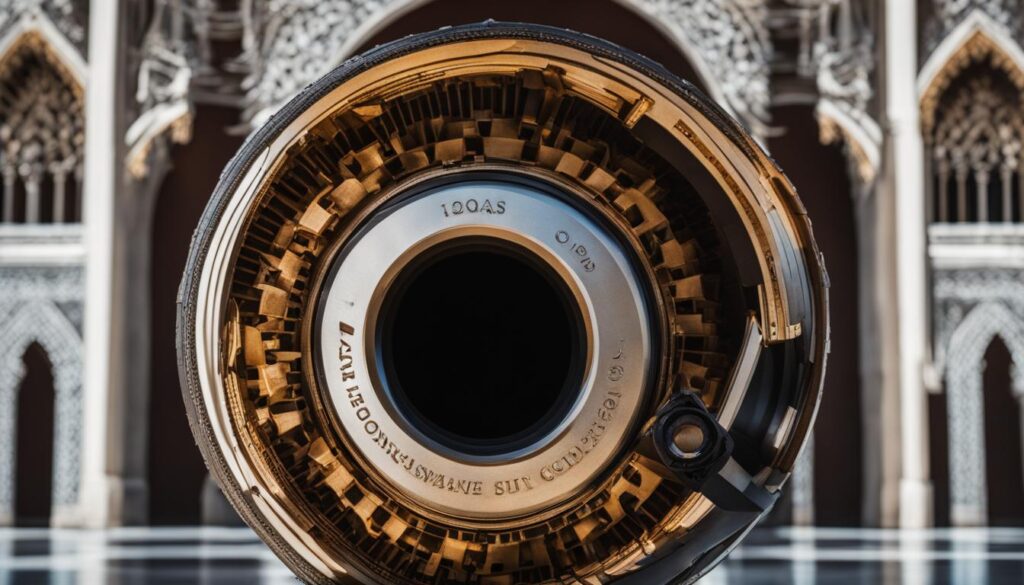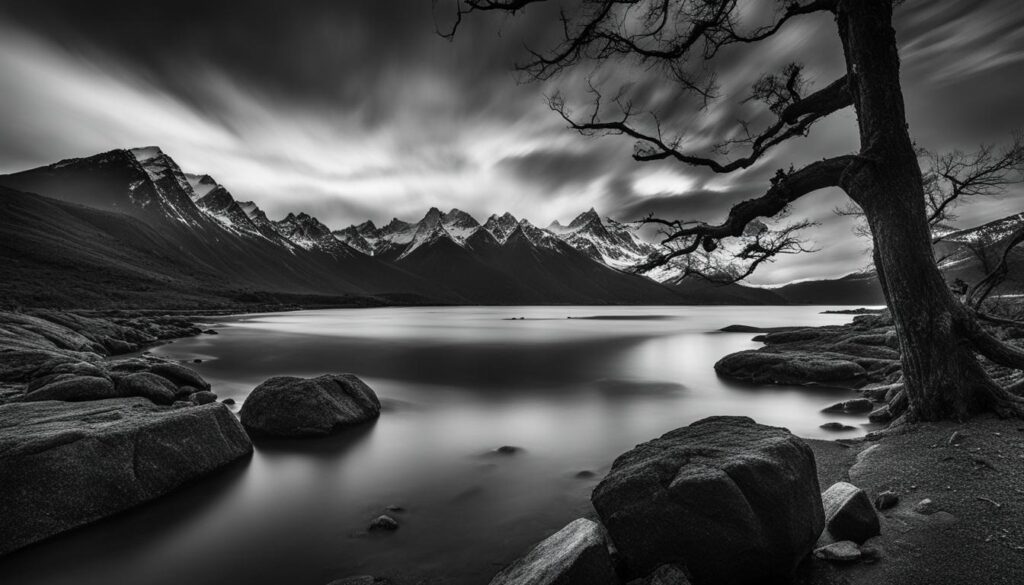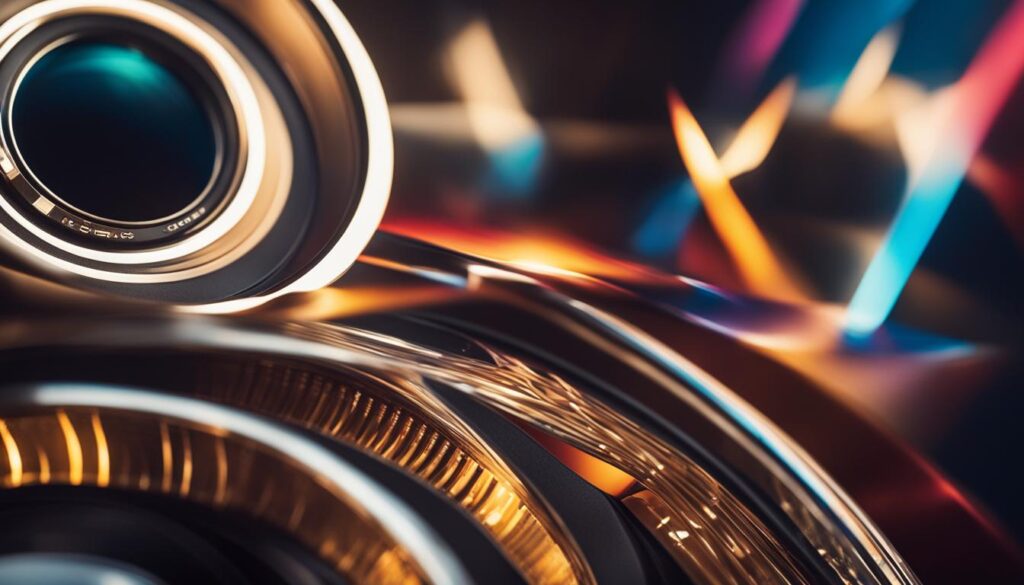We may earn money or products from the companies mentioned in this post.
Are you passionate about capturing the stunning architecture of the world around you? Or maybe you’re a professional architectural photographer searching for ways to improve your skills and techniques. No matter where you stand, this comprehensive guide is for you. In this guide, we will provide you with expert tips and strategies to help you perfect the art of architectural photography.
From understanding the basics of architectural photography to exploring advanced techniques, we will take you on a journey to master this specialized genre. You will learn about the equipment and gear needed for architectural photo shoots, the importance of lighting, composition, and perspective, and how to create a unique style that sets you apart from the rest.
Planning and preparation are key for a successful architectural photo shoot. That’s why we will also delve into the various factors to consider when choosing a location and understanding the purpose of the shoot. We will teach you how to scout locations, assess lighting conditions, and create a shot list to capture the perfect images.
Techniques for capturing architectural beauty are crucial to master. Our guide will take you through various methods for capturing details, playing with light and shadow, and highlighting unique architectural features. You will learn how to create compelling compositions and utilize different angles and perspectives to showcase the architecture’s design.
Post-processing and editing are just as important as the initial shoot. In this guide, we will introduce software options available for editing architectural images and explore techniques for enhancing colors, correcting perspective, and removing distractions while maintaining the integrity of the architecture.
Join us on this journey of mastering the art of architectural photography.
Key Takeaways:
- Understanding the basics of architectural photography is crucial for developing your skills.
- Planning and preparation are key for a successful architectural photo shoot.
- Techniques for capturing architectural beauty will enhance your images.
- Post-processing and editing are just as important as the initial shoot.
- Experimentation and practice is essential for mastering the art of architectural photography.
Understanding Architectural Photography
Architectural photography is a specialized genre that requires unique skills and equipment. To capture stunning images of buildings and structures, it is crucial to have a thorough understanding of the fundamentals of architectural photography. In this section, we will explore the key aspects of architectural photography, including the necessary equipment and gear, as well as the importance of lighting, composition, and perspective.
Equipment and Gear for Professional Architectural Photography
To capture high-quality architectural images, it is essential to have the right equipment and gear. A professional architectural photographer should have a camera with a high resolution and a wide-angle lens to capture the full scope of the building. Tripods are crucial for stability and sharpness in images, particularly when shooting in low-light conditions.
Pro Tip: Tilt-shift lenses can also be beneficial for avoiding perspective distortion and ensuring that vertical lines are straight.
Importance of Lighting in Architectural Photography
Lighting plays a significant role in capturing the essence and beauty of architectural structures. Whether shooting indoors or outdoors, understanding the lighting conditions and how to manipulate them is crucial. For interior shots, natural light can add warmth and depth to images, while artificial light can provide a more dramatic effect. When shooting exteriors, the time of day can significantly impact the lighting and mood of the image.
Pro Tip: Use reflected light to soften harsh shadows and create a more natural effect.
Composition and Perspective in Architectural Photography
The composition and perspective of an architectural image are essential to showcase the building’s unique design and features. The use of leading lines, symmetry, and patterns can add a sense of depth and balance to the image. Capturing the structure from various angles can also highlight its unique design elements.
Pro Tip: When shooting tall buildings, stand back to capture the full height, or position yourself at an angle to capture the building’s depth and detail.
Planning an Architectural Photo Shoot
A successful architectural photo shoot requires careful planning and preparation. From choosing the location to developing a shot list, there are several key factors to consider before beginning your shoot. In this section, we will explore the important aspects of planning an architectural photo shoot.
Choosing a Location
When selecting a location for your architectural photo shoot, consider the purpose of the shoot and the architecture you are photographing. Think about the angles and perspectives you want to capture and the lighting conditions you will need to achieve your desired results.
If you are photographing a public building, such as a museum or government building, be sure to check their photography policies to ensure you are permitted to take photos. Additionally, some private buildings may require permission from the owner or manager before photography is allowed.
Researching the Architecture
Conducting research on the architecture you will be photographing can help you better understand it and capture its true essence. Look for information on the architect and their design philosophy, the building’s history, and any unique features or elements that make it stand out.
Scouting Locations
Before beginning your photo shoot, it’s important to scout the location and identify potential spots for capturing the best shots. Look for interesting angles and perspectives, unique architectural features, and areas with good lighting conditions. Take notes and photos to refer back to during the shoot.
Developing a Shot List
A shot list is a valuable tool for ensuring you capture all the necessary shots while also allowing for flexibility and creativity. Consider the purpose of the shoot and the key aspects of the architecture you want to highlight. Include a mix of wide and close-up shots, and experiment with different angles and perspectives.
By carefully planning and preparing for your architectural photo shoot, you can ensure a successful and productive experience.
Techniques for Capturing Architectural Beauty
Architectural photography requires a specialized set of techniques to capture the beauty and essence of the structures. The following techniques will enhance the quality of your photographs and help you create stunning images.
Play with Light and Shadow
Lighting plays a crucial role in architectural photography. To capture stunning images, it is essential to understand the effect of light and shadow on the structures.
“Photography is all about light, composition and, most importantly, emotion.” – Larry Wilder
When photographing a building, observe how the light reflects off the surfaces and create a contrast between the light and shadow. Play with the angles and position yourself to capture the best possible light. Pay attention to the color temperature of the light source and how it affects the color of the structure.
Focus on Details
Architectural structures are full of intricate details that can add depth and character to your photographs. To capture these details, use a macro lens or zoom in on particular features. Explore the textures and patterns, and use them to create interest in your images.
Utilize Different Angles and Perspectives
Architectural structures can look completely different depending on the angle and perspective. Experiment with different camera heights and positions to find the most visually engaging shot. Use wide-angle lenses to capture the entire building or zoom in on specific areas to highlight particular details.
Create Compelling Compositions
Composition is one of the essential elements of architectural photography. Use leading lines, shapes, and patterns to create a visually engaging composition. Pay attention to the balance and symmetry of your shots, and use the Rule of Thirds to guide your framing.
Use HDR and Bracketing Techniques
High Dynamic Range (HDR) photography and bracketing techniques can be useful when capturing architectural structures. These techniques allow you to capture details in both the highlights and shadows of your image. HDR photography involves merging multiple exposures of the same shot, while bracketing involves taking multiple shots at different exposures and combining them later.
Master Exposure and Depth of Field
Exposure and depth of field play a critical role in the quality of your images. Pay attention to your camera settings and adjust them according to the lighting conditions. Use a small aperture to create a greater depth of field and ensure that the entire building is in focus.
By implementing these techniques, you can capture stunning architectural images that showcase the beauty and unique features of the structures.
Post-Processing and Editing for Architectural Photography
Post-processing and editing play a crucial role in the world of architectural photography. It not only helps enhance the visual impact of the architecture but also maintains its integrity and authenticity. Here are some helpful tips and techniques for post-processing and editing your architectural images:
Use RAW files for greater control
When shooting architectural images, it’s recommended to shoot in RAW format. RAW files contain a lot more information than JPEG files, allowing for greater control over exposure, color, and other elements during post-processing.
Correct perspective and lens distortion
Architectural photography often involves photographing buildings and structures with wide-angle lenses, which can result in distorted lines and perspectives. To correct this distortion, use the lens correction tool in your editing software to straighten lines and adjust perspectives.
Enhance color and detail
Architectural images often feature bold, vibrant colors and intricate details. To enhance these elements, use tools such as saturation, clarity, and contrast to make the colors pop and bring out the details in the architecture. But be careful not to overdo it, as this can result in an unnatural look.
Remove distractions with careful retouching
While capturing an architectural image, unwanted elements such as power lines, street signs, and other distractions can find their way into the frame. Use the clone stamp and healing brush tools to remove these distractions while maintaining the integrity of the architecture. But be sure to do it carefully as improper retouching can result in an unnatural look.
Consider black and white conversion for a classic look
Black and white conversion can give your architectural images a timeless, classic look. Experiment with converting your images to black and white to bring out the textures, shapes, and tones in the architecture.
Stick to your style and vision
Ultimately, your architectural photography style and vision are what set you apart from others. Stay true to your style and vision while post-processing and editing your images to maintain the authenticity and uniqueness of your work.
Conclusion
Architectural photography is a specialized genre that requires a unique set of skills and techniques to capture the beauty of architectural structures. By incorporating the tips and techniques shared in this guide, you can elevate your skills and capture breathtaking architectural images.
We hope this guide has provided valuable insights into the world of architectural photography, from understanding the fundamentals to exploring advanced techniques. Remember to continue practicing, experimenting, and developing your unique style to truly master the art of architectural photography.
Building your Architectural Photography Portfolio
Now that you have gained a deeper understanding of architectural photography, it’s time to showcase your work. Creating a portfolio of your best architectural images is a great way to attract clients and showcase your skills.
Your portfolio should feature a variety of images that showcase your range and versatility as an architectural photographer. Consider including images that showcase different architectural styles, lighting conditions, and perspectives.
You can also consider creating an online gallery to display your work. This can serve as a powerful marketing tool and attract potential clients to your architectural photography services.
Continuing to Learn and Improve
Remember, the world of architectural photography is constantly evolving, and there is always something new to learn. Stay up-to-date with the latest trends and techniques by attending workshops, networking with other architectural photographers, and continuing to practice and experiment with new ideas.
With these tips and a passion for capturing stunning architectural images, you can continue to improve your skills and build a successful career in architectural photography.
FAQ
What is architectural photography?
Architectural photography is a specialized genre of photography that focuses on capturing images of buildings, structures, and architectural designs. It involves capturing the unique characteristics, details, and beauty of architecture through careful composition, lighting, and perspective.
What equipment do I need for architectural photography?
To capture stunning architectural images, you will need a digital camera with manual settings, a wide-angle lens, a tripod for stability, and a remote shutter release for long exposures. Additionally, investing in a tilt-shift lens can help correct distortions and maintain straight lines in architectural photography.
How important is lighting in architectural photography?
Lighting plays a crucial role in architectural photography. Natural light can create dramatic effects, while artificial lighting can enhance specific areas of the architecture. Understanding how to manipulate and work with different lighting conditions will significantly impact the outcome of your architectural images.
What are some composition tips for architectural photography?
When composing architectural images, it’s important to consider the lines, shapes, and patterns present in the architecture. Pay attention to the symmetry, balance, and leading lines to create visually appealing compositions. Experiment with different angles and perspectives to highlight the unique features of the architecture.
How can I enhance my architectural photography skills?
To improve your architectural photography skills, practice regularly and study the works of renowned architectural photographers. Experiment with different techniques, angles, and lighting conditions. Join photography communities and participate in workshops to learn from experienced professionals. Don’t be afraid to push your creative boundaries and develop your unique style.
Affiliate Disclosure: This post may contain affiliate links. If you purchase through our link, we may receive a small commission, but at no additional cost to you. For more information, please see our Disclosure statement.



